Fuel prices, driver shortage, parking top issues facing industry, ATA’s Sumerford says
Fuel prices, driver shortage and retention, truck parking, driver compensation, economy, delays at customer facilities, and compliance and safety are the top issues facing the trucking industry, said Harold Sumerford, Jr., immediate past chairman, American Trucking Associations (ATA).
Protecting the independent contractor, truck parking and addressing workforce development were among the tier one priorities for the ATA, he told attendees at the Meritor and Pressure Systems International (PSI) Fleet Safety Event in San Antonio, Texas last week.
Sumerford said the group is also focused on issues like autonomous vehicles, transportation infrastructure funding, technical improvements to Hours of Service and sleep apnea affecting drivers.
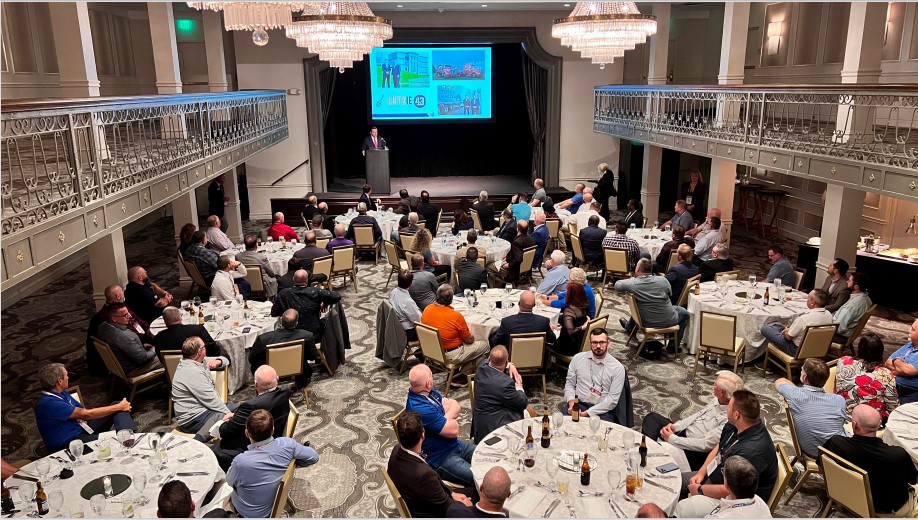
He also urged fleets to pay attention to cybersecurity and beef up their defences as transportation is among the top 10 industries targeted by hackers. Ransom amounts were up $220,000 in the first quarter of 2021 compared to the fourth quarter of 2020, and he warned that 60% of companies hit by attacks don’t recover.
The case for electric and alternative fuel vehicles was made at the event. Dave Schaller, industry engagement director, North American Council for Freight Efficiency (NACFE) offered insight into cost-saving benefits, while also warning that some of the technology is still new and there isn’t enough data to provide comprehensive reports.
Citing the council’s Run on Less reports, Schaller said terminal tractors are a great first step in electrification. Maintenance costs are lower, and drivers rave about the vehicles. But payback time is long without incentives, he noted.
Fuel savings
A NACFE fuel cost comparison between diesel and electric vans revealed the approximate annual fuel savings per vehicle is $8,107.
Schaller said e-commerce is doubling the van and step van market. Electrifying smaller commercial vehicles is easier, he said. The transition will be challenging, but planning will mitigate risks.
He told fleets another way to save money is to use automatic tire inflation systems as they provide payback within 12 to 18 months.
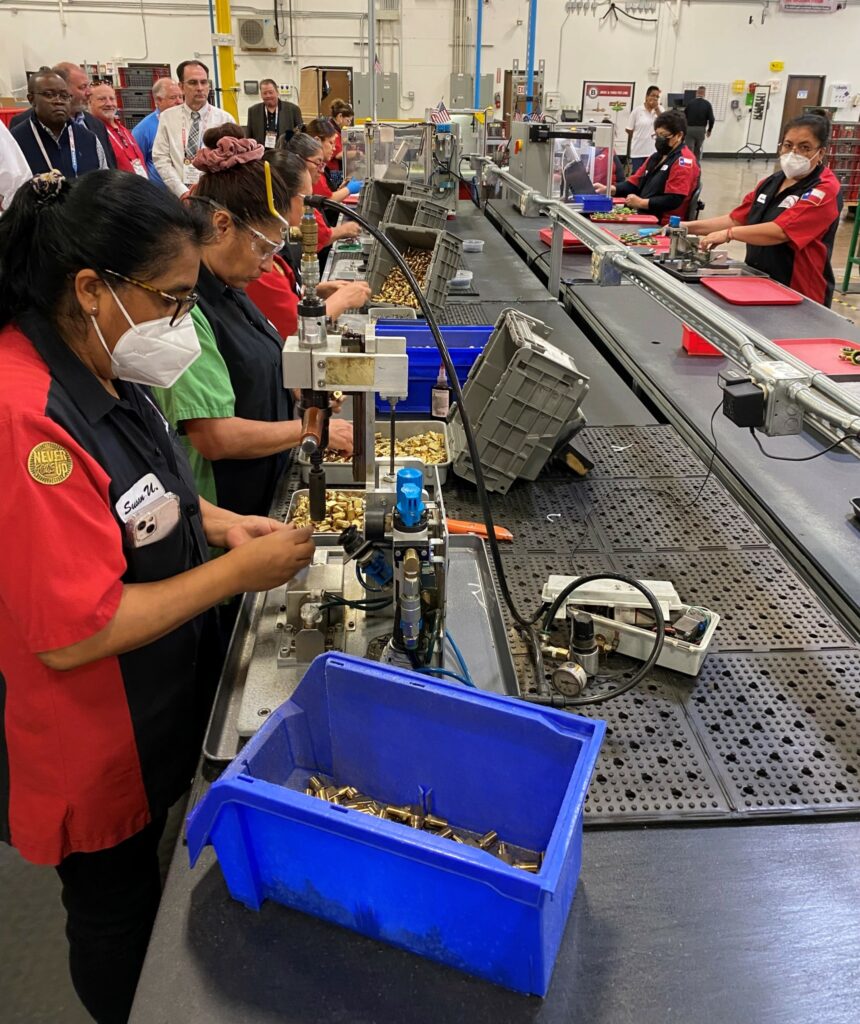
Low rolling resistance tires also save significant fuel. Schaller said the higher purchase price can be overcome through fuel savings when considering lifecycle cost.
Using natural energy can also be beneficial. Solar panels are thin, flexible, easily installed in tractors and trailers, and are reliable.
A trailer equipped with solar panels and a battery plus telematics provides location without a tractor, improving security and usage information. The biggest benefits come from extending battery life and avoiding emergency roadside assistance for dead batteries.
During the event, attendees toured a manufacturing facility in San Antonio where experts and employees provided details on PSI and Meritor parts and products. Participants were also given the opportunity to help manufacture parts.
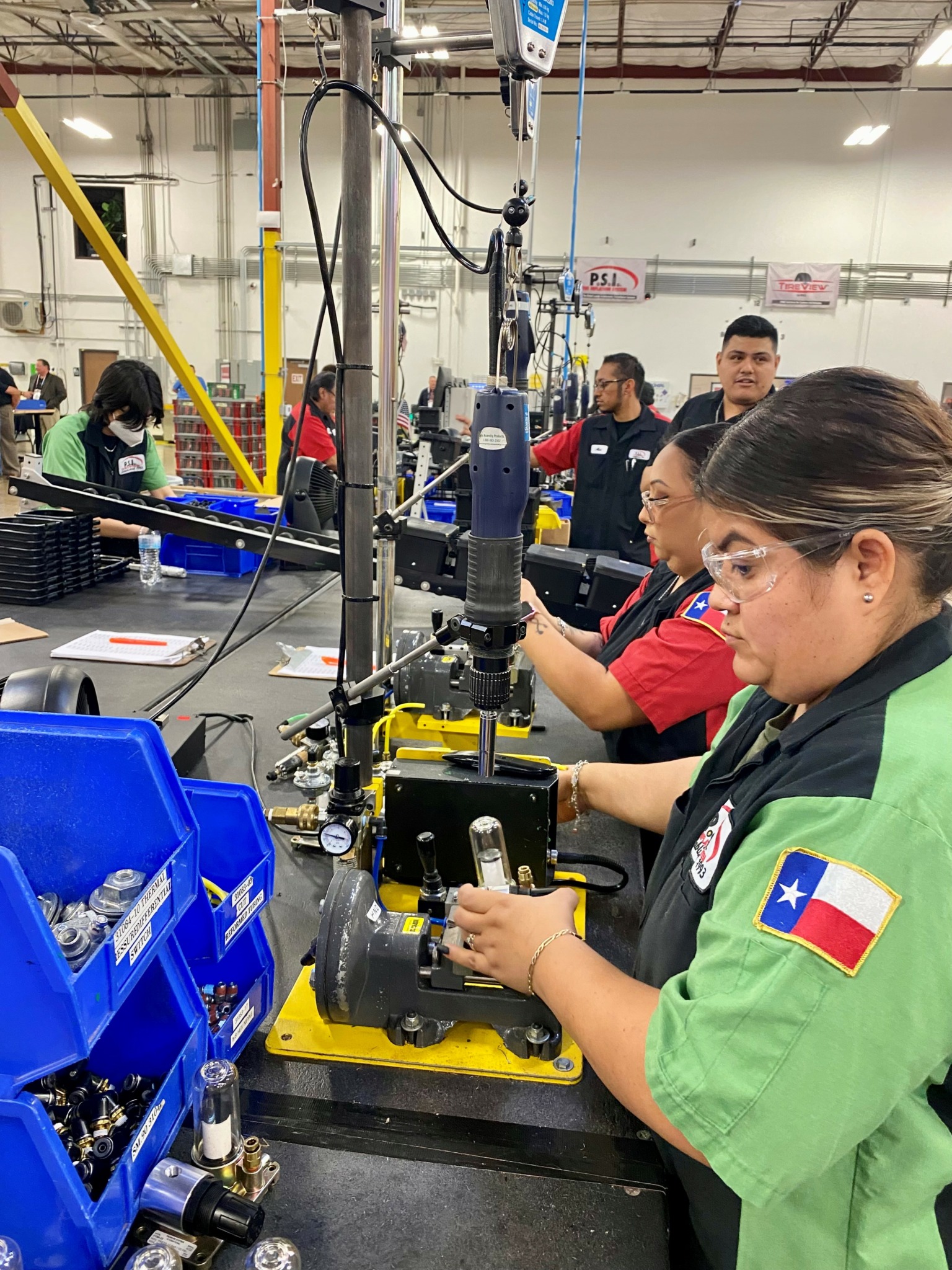
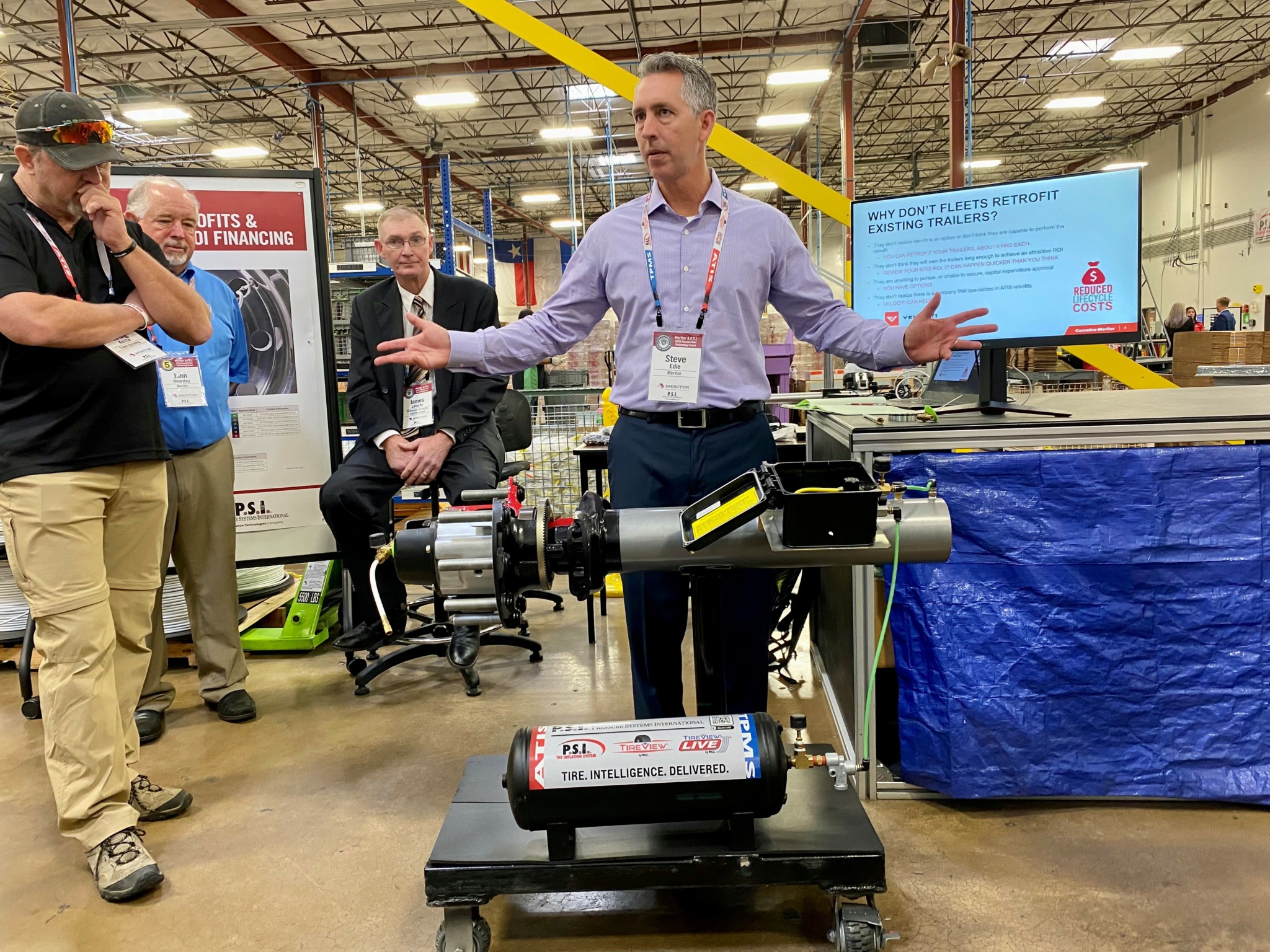
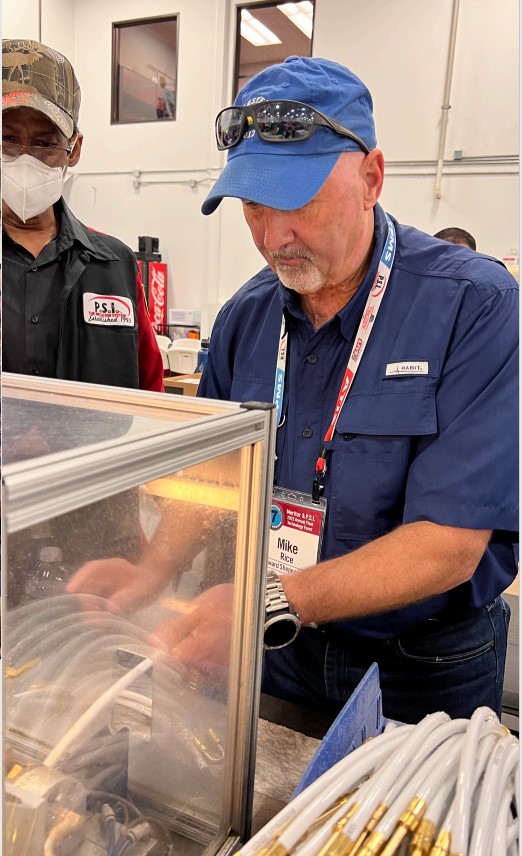
Have your say
This is a moderated forum. Comments will no longer be published unless they are accompanied by a first and last name and a verifiable email address. (Today's Trucking will not publish or share the email address.) Profane language and content deemed to be libelous, racist, or threatening in nature will not be published under any circumstances.
There is a problem and it starts with industry taking from drivers and not giving back we can start with pay.
Big companies say we updated the pay rate, that’s good but they never updated the mileage rate most are still running computer miles so a driver will loose about 10 percent of the Miles every trip, when we have electric logs why can’t they pay the drivers off the log miles, Oh that might just mean the driver goes home with a real pay and owner can’t fund his new home off of the extra he took from the drivers.
Maybe we should start there or maybe you should write a story on how the driver really looses.
I have been involved in trucking since 1984 and fuel prices and driver shortages have been a constant the entire time. I guess some things never change.